Need green to grow?
Funding a farm isn’t easy. Equipment, personnel, and promotional material all rapidly eat up precious resources. If you’re a new farmer, you’re probably searching for ways to reach the startup capital you need or to get those necessary cash infusions to boost your ability to scale up. One of the most innovative ways to start a farm today is crowdfunding. Crowdfunding a farm boils down to convincing your friends, family, and community to invest in your dream farm. The funding method offers a kickstart to your marketing strategy and a funding option with no repayment, all in one tantalizing package. Related: Every farm needs a financial plan to succeed. Start with these 3 steps. 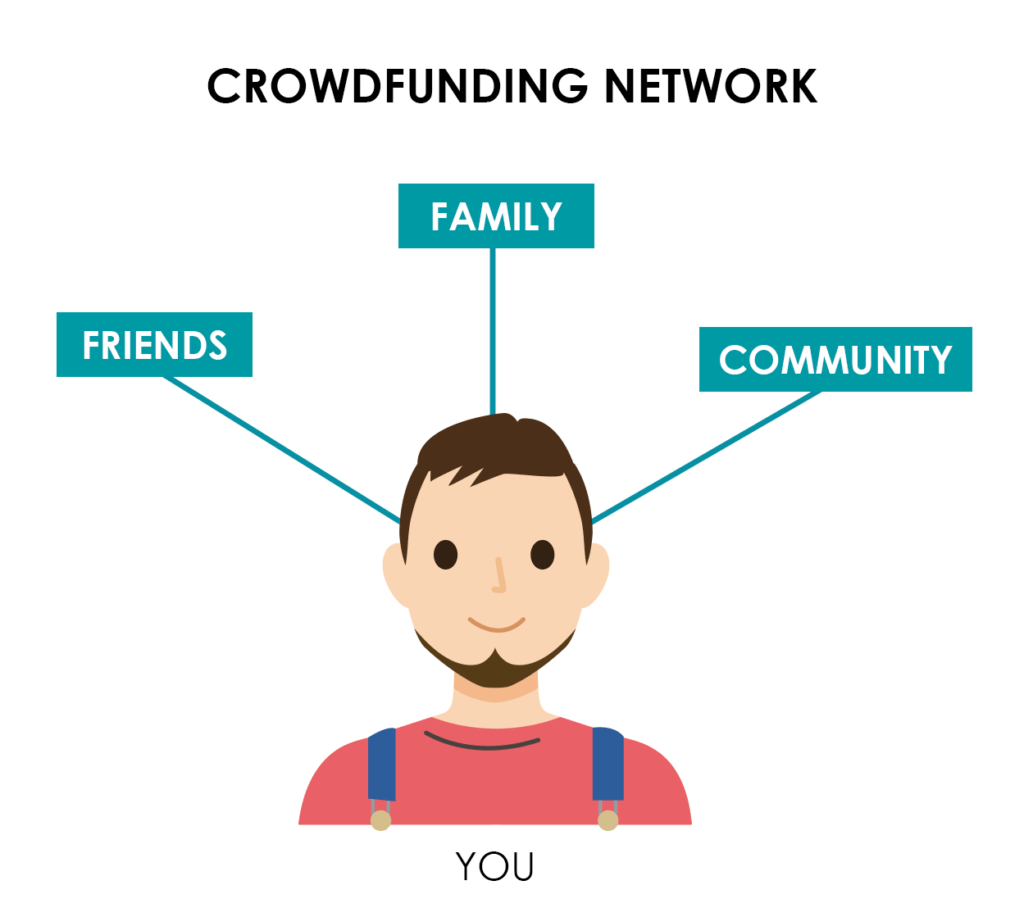 But the reality is that crowdfunding is a challenging way to raise money, especially for those unfamiliar with issues unique to crowdfunding. It takes a lot of research, planning, and several weeks of good hard hustle. That’s why we’ve put together a helpful guide to crowdfunding for those considering raising money for their farming project through this unique approach. We’ll be covering some of the basics of crowdfunding in this article:
But the reality is that crowdfunding is a challenging way to raise money, especially for those unfamiliar with issues unique to crowdfunding. It takes a lot of research, planning, and several weeks of good hard hustle. That’s why we’ve put together a helpful guide to crowdfunding for those considering raising money for their farming project through this unique approach. We’ll be covering some of the basics of crowdfunding in this article:
- Benefits of crowdfunding
- Challenges of crowdfunding
- The crowdfunding timeline
- Tips for a great campaign
What is crowdfunding?
Crowdfunding is essentially convincing a large body of individual donors to make a variety of small contributions to your funding dream. In times past, this equated to passing a hat, the communal pot, or fundraisers for a local project. Today, crowdfunding has launched into the 21st century through digital platforms like Barnraiser and Kickstarter. These platforms provide a digital presence for donors to learn about your project, as well as convenient services to receive their donations. Though related platforms like KivaZip offer a form of crowdfunding where donors are lent money (crowdlending), we’re going to save those for a different post. True crowdfunding raises money through one-time donations which are incentivized through great promotion and donation “rewards”.
Benefits of crowdfunding: repayment & buy-in
Crowdfunding is a unique type of funding that, while it takes work, offers incredible benefits.

Chris Michael, CEO and crowdfunding expert at Bright Agrotech, says, “The best part about crowdfunding is the transformational effect it has on your backers. Your fundraiser will change how they understand farming by providing them with a local food source.”
The first benefit is that you can often crowdfund your farm (or part of your farm) with no payback. Freedom from monthly payments like you would have on a loan is huge. It can push your ROI forward, give you the freedom to scale without as much financial stress, and allow the farmer to spend less time worrying about finances and more time farming.
The second benefit is that crowdfunding kickstarts the buy-in that you need from your local community. During your campaign and outreach, you could have the opportunity to meet market managers, farmers market goers, and others who could impact your farm later on. Not only do you build ties to your community, but you build a list of potential clients.
The third benefit is that crowdfunding and the feedback that you get during your campaign gives you precious insight into your audience. Many crowdfunding sites will give you the ability to analyze page results and the behavior of viewers. You also get a ton of interaction time with your audience. This could help you understand what kind of produce they want, what they value about your farm, and how to communicate as your farm grows.
Challenges of crowdfunding: overcoming noise

Money invested in local farming is money invested in better living.
Despite the convenience of these crowdfunding platforms, crowdfunding has gone through a unique cycle of boom and bust. Ten or more years ago crowdfunding was a novelty, resulting in a lot of money moving through what was, at the time, quite unique projects delivered in a way that many potential donors had never considered. Today’s potential crowdfunding donors are a more wary breed. Most of these potential donors have at the least encountered crowdfunding in some way. Many users have likely seen crowdfunding drives in their social media feeds. Unfortunately, for every Kickstarter or GoFundMe success story, there are ten or more crowdfunding horror stories. Poorly planned crowdfunding efforts often fail, and most locally planned or small crowdfunding drives are poorly planned. Many in your community have become jaded by the plethora of mediocre crowdfunding drives clamoring for their attention. That’s why it’s important to approach crowdfunding with strategy, hustle during the campaign, and be smart about your promotion. 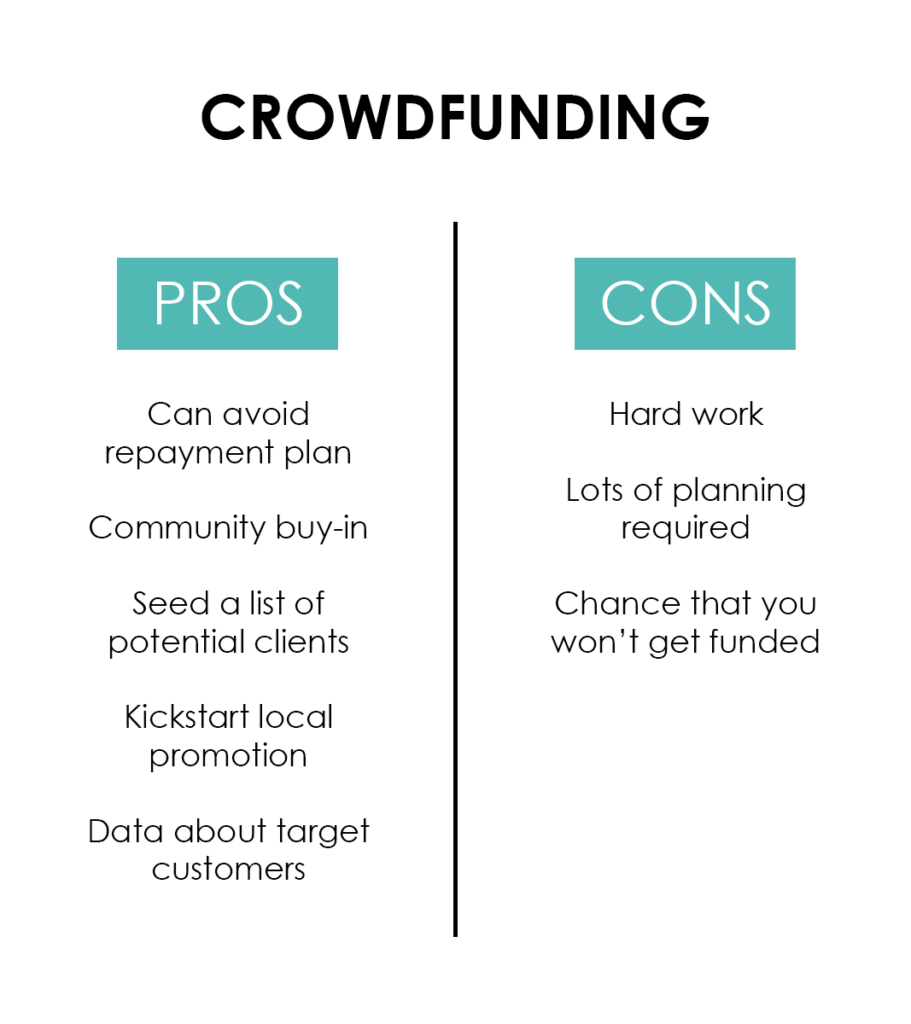
Crowdfund the smart way
Instead of adding to the noise, plan out a lean and mean crowdfunding project that misses the typical pitfalls. Farmers approaching crowdfunding for the first time should remember that your greatest strength is the community in which you’ll be providing products. Unless you’re planning a truly vast growing operation, the majority of any newly founded farm’s customers will likely be local groceries, restaurants, and community members. Unlike so many other crowdfunding projects, farmers can point toward a meaningful outcome for their backers: fresh produce grown locally. When you’re considering the following tips for crowdfunding a farming operation, remember that the birth of your new enterprise is a natural benefit to those in your community. Your food goes directly into community stomachs. Shout this from the rooftops, plan carefully, and you’ll be on your way to a successful crowdfunding campaign.
The crowdfunding timeline
Crowdfunding drives aren’t a quick or simple process. Smart farmers considering a crowdfunding drive will be sure to plan strategies for the different stages of the funding process. 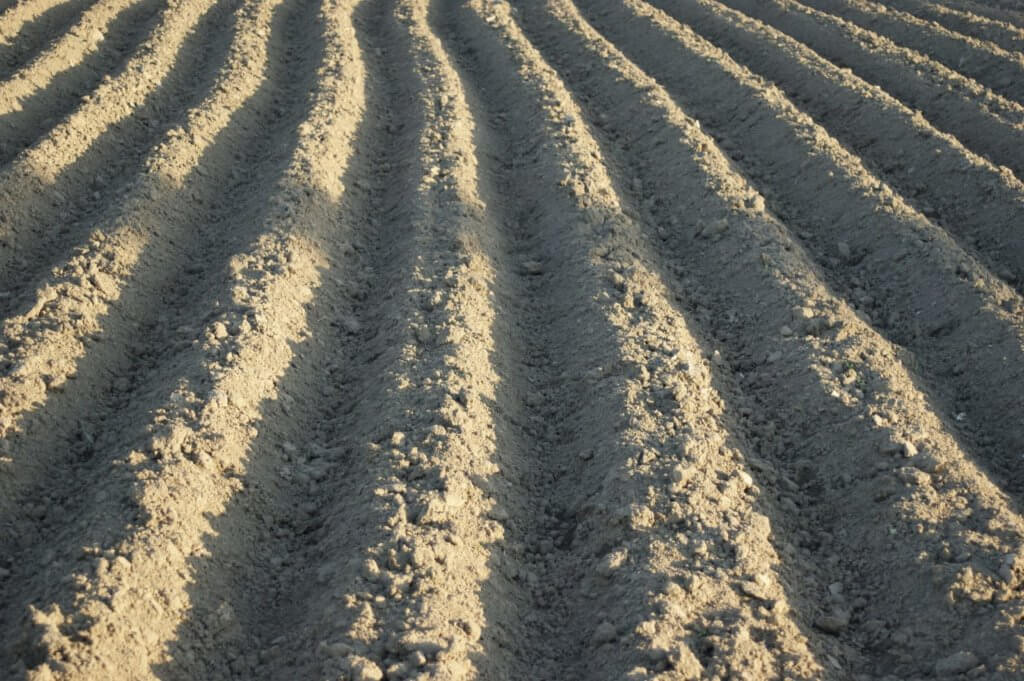 The crowdfunding timeline is the rough plan your crowdfunding effort will follow across the length of your donation period. Managing a variety of important opportunities across this timeline will make a major improvement on the final donation goal. Once again, our friends at Barnraiser have provided us with some helpful specifics about managing your funding timeline. They break the timeline into four periods:
The crowdfunding timeline is the rough plan your crowdfunding effort will follow across the length of your donation period. Managing a variety of important opportunities across this timeline will make a major improvement on the final donation goal. Once again, our friends at Barnraiser have provided us with some helpful specifics about managing your funding timeline. They break the timeline into four periods:
- Pre-launch: Before launching your campaign, focus on creating a marketing strategy and lay the groundwork for the funding campaign. You should also reach out to 5–10 specific people (like friends and family) and ask them to start off the donations and sharing. This will give you a little push to get the ball rolling.
- Promotion – week 1: Where your preparation comes together and your initial donations begin rolling in. It’s important to ensure a healthy amount of donation from those backers you know will commit. Without initial contributions, you risk potential donors believing the campaign will fail.
- Promotion – the gulch: The slow weeks between the initial rush and the closing of the campaign. You need to push marketing hard these weeks to solicit the slow donors and folks who missed your initial media blitz.
- Promotion – the final push: The final week of funding. For those lucky campaigns like Fire Tongue Farms, this is simply a period of soliciting a few final donations to meet their stretch goals. For those more hard-off crowdfunding efforts, this is the time to make your final outreach to donors to squeeze those last few dollars you’ll need to make your goal.
- Follow up: During the follow up to your campaign, you’ll receive your funding and purchase the equipment you funded. Now is also the time to send out rewards and personal thank you’s to your funders. Don’t forget to gather all that data collected from emails and the platform and put it to use.
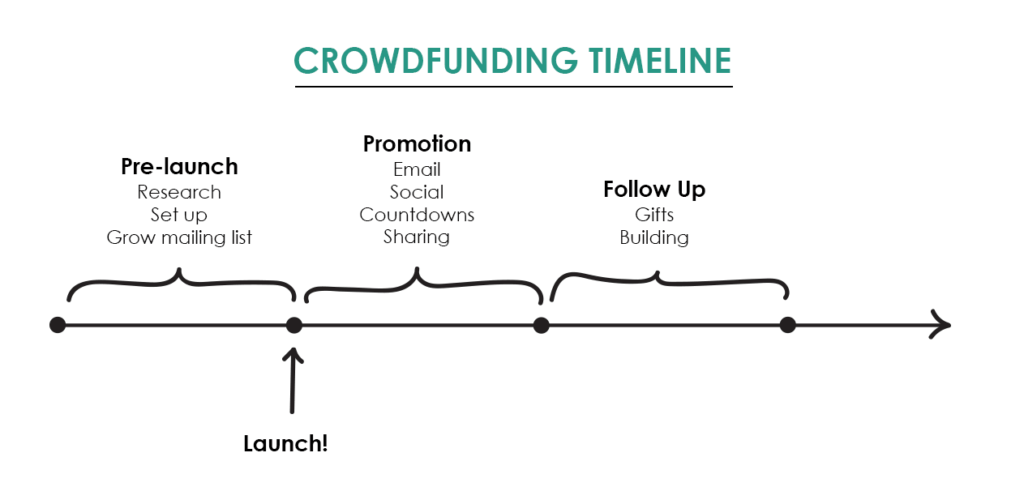 The attentive farming fundraiser carefully managing their efforts across the timeline will ensure that the content driving donors toward their goals arrives on time and accurately. Treat the timeline with respect, and you’ll see success.
The attentive farming fundraiser carefully managing their efforts across the timeline will ensure that the content driving donors toward their goals arrives on time and accurately. Treat the timeline with respect, and you’ll see success.
Our tips for crowdfunders
1) Sell your story
The key to any good fundraiser is the narrative which you’re presenting to your audience. Crowdfunding a farm is no different. You’ll be trying to convince friends, family, and strangers to donate money to a relatively unknown cause. An appealing story will not only illustrate your goals and outcomes to potential donors but also help spread the word about your crowdfunding effort. Your story should be concise and illustrate your exact situation. For a farming operation, your story should detail the motivation behind starting a farm, your commitment to producing fresh greens and produce, and your specific needs. These details are where your farm comes to life in the eyes of potential backers.

Remember, you’re not just a farmer trying to raise some funds. You’re a success story waiting to be written. How you represent yourself to your friends, family, and community will dictate how people share your story.
While you may be an expert on your new farming concept and business model, your audience will not be familiar with many of the basic ideas. Your job is to present your plan in such a manner that even the most uneducated backer can feel confident in your plan. When your potential donors feel informed, comfortable with your proposal, and confident your plan can succeed, they’ll be much more likely to donate. While your farm should be the central focus of your story, don’t forget to introduce yourself. Folks donating to your fundraiser want to know the face behind the master plan. Take the time to illustrate your own personal story, your motivations for building or improving your farm, and why you’ll make a great candidate for executing your plan.
2) Know your audience

Chris Michael has this to say: “You have to make sure the goal you’re pursuing is in line with some audience or crowd with which you’re already familiar. Say you’re a basil grower, and people love your product. You should pursue a crowdfunding goal based on your existing customer base. So instead of growing double the basil, which your customers already purchase by the bushel, consider growing chives, or another plant that you can sell to your existing customer base.”
The community that will make up the majority of your crowdfunding will likely remain static for the duration of your fundraiser.
Researching and leveraging this group of people is essential for reaching your financial goals. Consider that, according to our friends at Barnraiser, the average crowdfunding effort sees around 70% of funding come from a single network of people in local communities. Folks like friends, family, and community leaders are ripe for crowdfunding. Identifying this network before you begin your crowdfunding effort will help you tailor goals, rewards, and marketing strategies for maximum success.
Make a list of subgroups in your community to target. Consider creating a basic marketing approach (canvassing on foot, social media posts, traditional advertising, etc.) to reach all of your potential local donors. The remaining 30% of the funding will likely come from outside sources. Despite the lower percentage, you shouldn’t neglect this vital part of your funding effort. Identify those donors most likely to contribute to your campaign despite a lack of a personal or local connection. This might include those active in the online farming communities, sister farms across the country, or active proponents to sustainable living. 
3) Set realistic goals – 5% will pledge
The amount of money that can be pledged to your cause is limited by the means of your potential donor community. Think realistically when considering funding goals. Remember that most crowdfunding platforms have a minimum funding requirement goal that must be met to receive any funds at all.
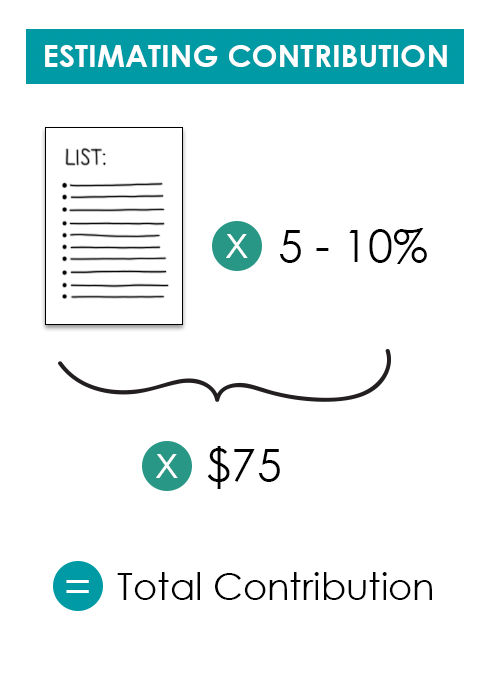
Example: If you have donation options ranging from $50–200, plan on 5–10% of your list donating on a low level.
Different platforms have different policies for failed campaigns. Some leave the farmer with a certain percentage of the funds while others charge a flat fee regardless of the campaign success. Others only process payments if the whole campaign is funded, so if you don’t reach the goal, you don’t get any of the donations. Research the platform you’re using! The safe strategy is to set a conservative goal but leave space for overachievement. To set a starting goal, assume that only 5–10% of your list will donate with a low-level donation. Your biggest friend here is the concept of stretch goals. Stretch goals are the goals that are set by a crowdfunding effort that surpass the baseline funding goal. For example, your baseline funding goal to create a new rack of ZipGrow Towers or new Deep Water Cultivation rafts might be $2000. Setting stretch goals every thousand dollars or so beyond that initial goal allows you to be both reasonable about your crowdfunding effort’s potential, and still receive extra money if your effort is particularly successful.  For example, our friends Levon and Ryan of Fire Tongue Farm set their initial goal as $3000, but put stretch goals reaching all the way up to $10000. Their final funding was around $9600, just shy of their maximum stretch goals. Manageable goals meant Levon and Ryan not only met the minimum funding requirement but got a nice surprise in the form of three times the cash they were planning on receiving! Set reasonable goals, and you’ll be dodging one of the biggest challenges in crowdfunding!
For example, our friends Levon and Ryan of Fire Tongue Farm set their initial goal as $3000, but put stretch goals reaching all the way up to $10000. Their final funding was around $9600, just shy of their maximum stretch goals. Manageable goals meant Levon and Ryan not only met the minimum funding requirement but got a nice surprise in the form of three times the cash they were planning on receiving! Set reasonable goals, and you’ll be dodging one of the biggest challenges in crowdfunding!
4) Reward your backers
Planning backer rewards is a key element to successful crowdfunding. The backer rewards are an incentive for your donors. Choosing backer rewards is fraught with potential pitfalls, but presents a real opportunity to demonstrate your ability and talent to potential donors. Ultimately, these rewards are a promise to your donors. Failing to meet these promises is a shortcut to upsetting your precious donors and garnering a negative reputation for your business.

Rewarding your backers with a personal touch makes the difference between a one-time contribution and loyal, lifelong customers.
When planning your crowdfunding rewards, be sure to plan proportional rewards to the projected donations. More simply put, don’t promise anything that will: a) cost you a bunch of money; or b) require vast amounts of time to execute. Rewards can range from handwritten notes at the lowest level of backing, to t-shirts and coffee mugs at the midrange. For those donors who are reaching deep into their pockets, rewards should be equally large to match. For big contributors, consider tours and personal meetings, naming rights to a piece of your farm, or a nice meal at a restaurant that purchases your produce.
5) Leverage a successful campaign
Post-campaign planning is an essential part of the crowdfunding appeal. One of the biggest advantages of crowdfunding is that a successful campaign consolidates a marketing, customer, and sales base into a unified group. These donors will be aware of your products, involved in seeing your business succeed, and even more likely to spend money having already contributed to your crowdfunding efforts.

After a successful campaign, don’t let your hard work rust out! Keep producing updates and notifications to your new crowdfunding community.
Even though your campaign has succeeded, most crowdfunding platforms will enable you to continue accessing your donor base through project updates. While a sizable portion of your donors is unlikely to review post-funding information, the remaining donors are highly invested and open to further marketing and sales opportunities.
Don’t crowdfear, crowdfund!
If you’re thinking about starting a farm, consider crowdfunding. With some planning and help from the experts, you’ll be gathering donations in no time. Crowdfunding through Barnraiser or Kickstarter can be a challenge, but the unique opportunities for farmers more than outweigh the risk. For more information about crowdfunding, take the Upstart U course, “Crowdfunding Campaign Success“. (To take the first steps toward your own farm, visit our membership page for a free trial of Upstart University.) Struggling to fund a farm? Give our 20 minute guide to financing a farm a read for all the facts you need to start your farm today.

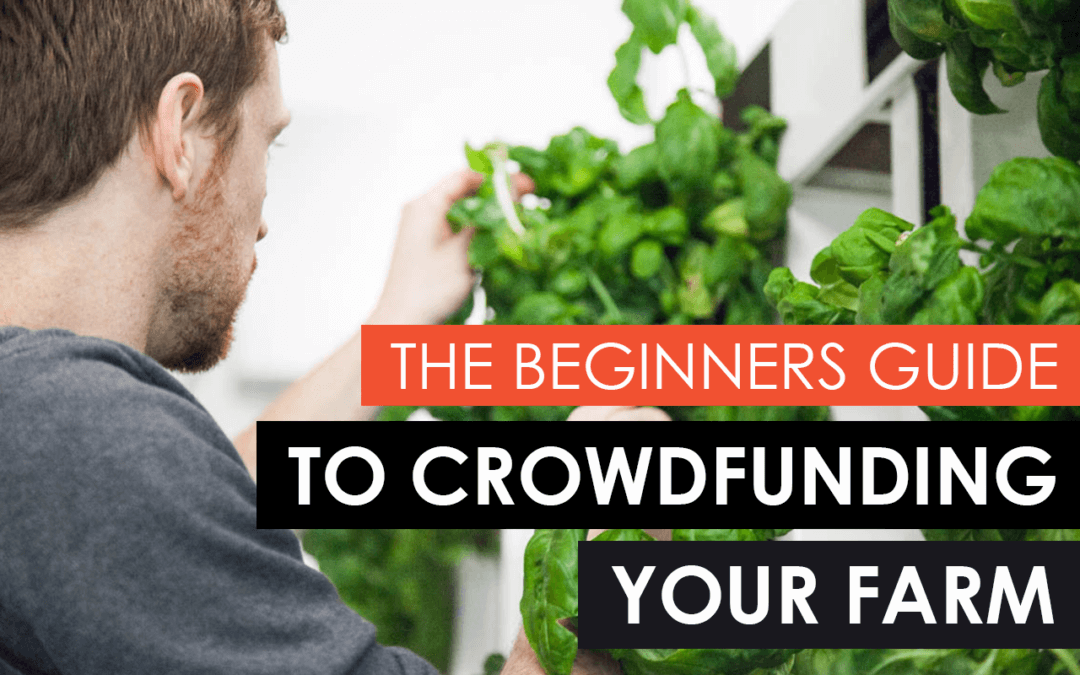
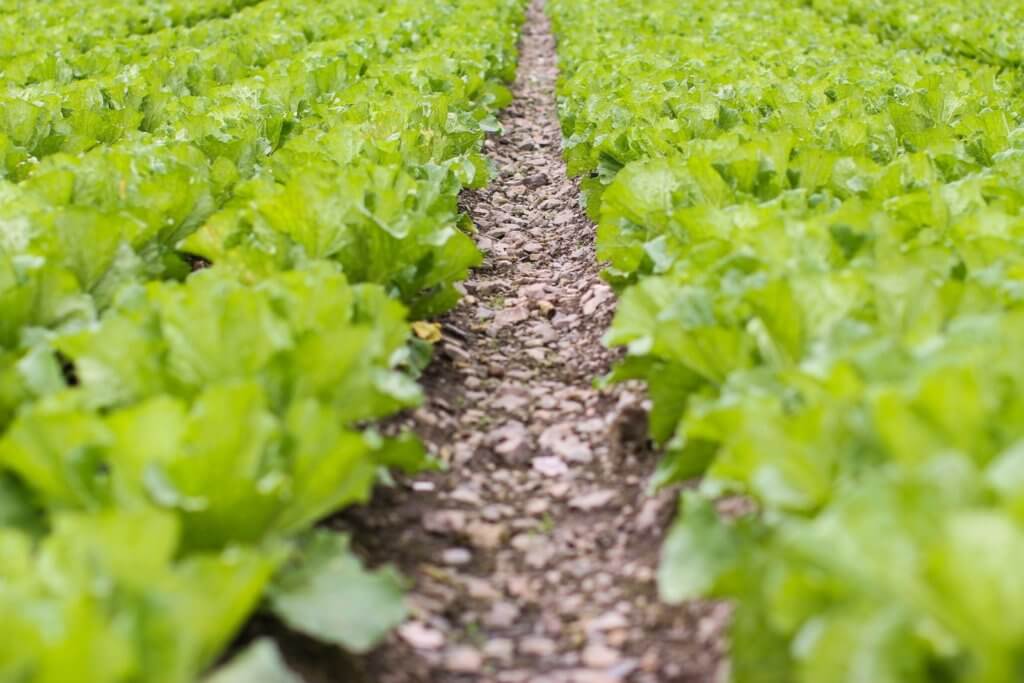

The story is what drives and motives strangers to donate. Selling it is very important part of crowdfunding. Some great tips here are outlined.
WE ARE SEEKING CAPITAL TO START FARMING IN KENYA AND UGANDA. WE HAVE FORMED A COMMUNITY COOPERATIVE THAT WOULD HELP FARMER ENGAGE IN SUSTAINABLE AGRICULTURAL ACTIVITIES . WE NEED CAPITAL TO PURCHASE MACHINERY AND INPUTS
We have started a 4 hectare ultra high density Moringa Oleifera cultivation farm,organically, in Cambodia. The aim is to harvest 680 Metric Ton of fresh leaves to produce 75 tons of dry powder from one hectare per year as medicinal dietary health supplement. USA and Europe are the two biggest consumers of these dietary supplement. The whole price of one metric ton of dry powder can fetch USD 25,000 to 60,000. The farming project is up and running funded by my own saving to the value of USD 120,000 that is verifiable. Now we need about USD 80,000 to install a processing factory with machinery for washing and drying and packing.
I don’t know exactly why, but I find it difficult seeing how crowd funding would work for farms in a developing country like Nigeria.
Very helpful information. Thanks a lot! 🙂
I have started cassava production on a 20 acres farm. This year I have managed cultivating 2 acres. It costs over 100 USD to cultivate one acre. The plan is to cultivate the whole 20 acres. There is good market for cassava in my country, Malawi. The planned enterprise will help me employ myself and a few more other unemployed graduates in Malawi.
I need someone to help me find my dream.
Thanks.
We are in need of capital we have 2 Hector’s field here in Gauteng South Africa we want to produce vegetables this is our opportunity to produce vegetables in Gauteng because Gauteng does not have enough space for farming like other provinces
Hi
I would like to learn more about crowd farming , am eager to start.